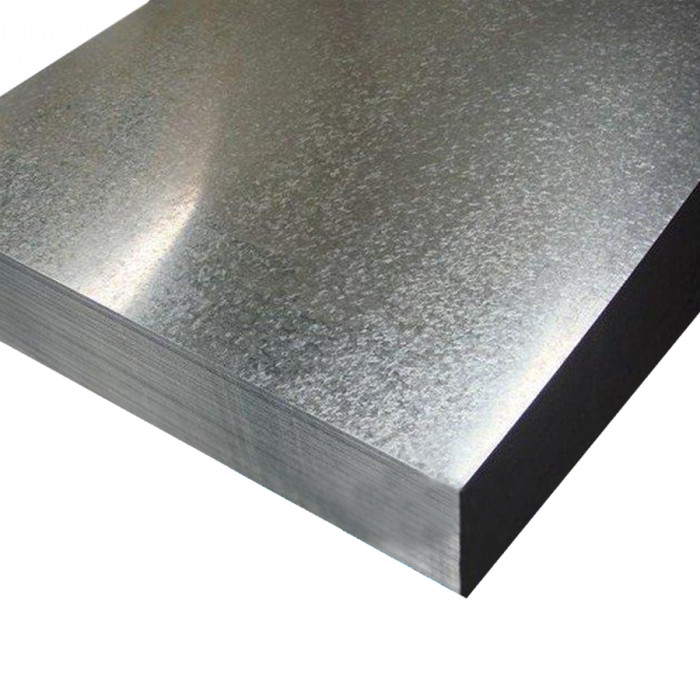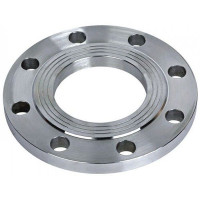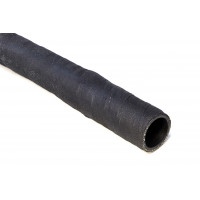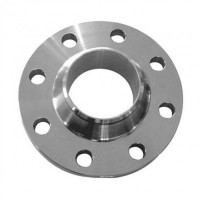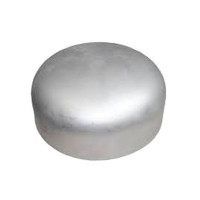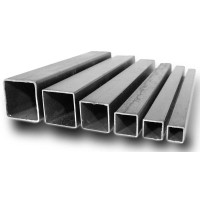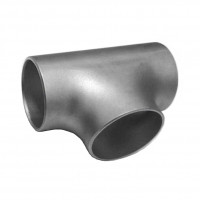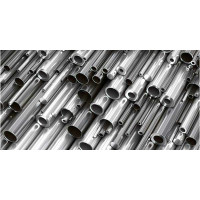Uman galvanized sheet, strip, pipe, tape, galvanized plaque, bending corner, galvanized metal channel, galvanized steel
Galvanized sheet is a type of steel rolled metal, which is one of the most popular in various fields. Due to its property to resist corrosion, this rolled sheet is successfully used in construction, manufacturing, engineering, etc.
Manufacture of galvanized steel sheet
The blank for such a metal product is an ordinary steel sheet, the surface of which is coated with a thin layer of zinc (from 0.02 mm). The galvanizing process is carried out in one of three ways:
cold;
hot;
galvanic.
Most often, manufacturers resort to the hot-dip galvanizing method, as it allows you to get the highest quality sheet metal. Galvanizing takes place in several stages:
Surface degreasing.
Sheet etching followed by washing.
Immersion of the workpiece in a bath of molten zinc.
Throughout the process, it is necessary to carry out a strict verification of the temperature regime of the environment in which zinc is located. Preliminary quality control of this metal is also necessary to achieve optimal results.
Characteristics of galvanized sheet
Galvanized sheet metal must meet the technical requirements put forward by state standards. The main requirements for this metal product is the compliance with the regulated dimensions. So, the width of the sheet should be 71-180 cm, thickness - 0.5-1.25 mm. The blank for galvanizing is cold-rolled steel sheet. Zinc-treated steel is distinguished from other materials by its durability.
Advantages of zinc plated steel sheet:
resistance to corrosion;
long service life;
high strength (resistance to mechanical damage);
the possibility of processing by stamping, rolling, drawing and flexible without damaging the galvanization;
aesthetic appearance;
ability to self-healing coating;
environmental friendliness;
a large assortment.
The disadvantages of such a material include the thinning of the zinc layer over time, the difficulty of welding, the need for additional cleaning before painting.
Marking of galvanized steel sheets
Galvanized sheet metal is classified according to:
sheet assignments:
general purpose (indicated when marking OH);
cold stamping (ХШ);
cold profiling (CP);
for painting (PC).
changes in the thickness of the galvanized layer on sheets:
normal thickness variation of galvanizing (grade HP);
reduced thickness variation of galvanizing (grade UR).
thicknesses of zinc coating on sheets:
ordinary class - thickness 10-18 microns (grade O);
high class - thickness 18-40 microns (grade B);
high class - thickness 40-60 microns (grade P).
accuracy of rolled sheets:
increased accuracy (indicated by A);
normal accuracy (B).
The marking of sheet metal begins with an indication of its variety - galvanized steel sheet is designated Ots. Further, the accuracy of the rolled product, the class of coating, the purpose, the presence of a cut edge (indicated by O) are indicated. The numbers that are indicated in the marking are the thickness, width and length in mm. After the numerical designation, GOST is indicated, which establishes product standards.
Applications of galvanized sheet
Galvanized sheet, as already mentioned above, is widely used in various fields due to its anti-corrosion properties. It is used in:
instrument making;
chemical industry;
mechanical engineering;
heavy industry;
construction industry and many others.
The greatest demand for galvanized sheet metal was received in construction and installation works. Its use guarantees the design lightness, resistance to negative atmospheric phenomena, durability. In addition, this type of rolled product has a pleasant appearance, has a matte surface, which attracts many designers.
Galvanized sheet is used as an element of ceiling, decoration, material for building walls, flooring, facing material, etc. Sheet metal coated with zinc is used as a blank for the subsequent manufacture of corrugated board, metal tiles, profiles, strips, pickets, etc. Such a sheet is also suitable for production of pipes for air and water disposal systems.
Depending on the purpose, the galvanized sheet is divided into groups:
for cold stamping - XSh must be indicated on the sheets;
for cold profiling - abbreviated as HP;
for coloring - shortly denoted by PC;
general purpose - OH.
Sheets galvanized for cold stamping in accordance with the standard are:
normal hood - H;
deep drawing - G;
very deep drawing - VG.
Manufacturers offer a sheet with a zinc coating that differs in thickness uniformity:
steel with normal thickness variation - marked as HP;
reduced steelthickness - marked as SD.
Depending on the thickness, the sheet is classified into one of three classes:
P (increased) - thickness over 40 microns and up to 60 microns inclusive;
Class I - coating thickness more than 18 microns and up to 40 microns inclusive;
Class II - the thickness of the coating must be at least 10 microns and up to 18 microns inclusive.
Galvanizing can be done on one side or on both sides. Double-sided improves anti-corrosion parameters, increases the resistance of the material to mechanical damage and changes that usually occur during further processing of the sheet.
Galvanization: basic requirements for the quality of the material
In accordance with the standards, strict requirements are imposed on the sheet. The surface of the material must be smooth, clean, and the coating must be continuous. Cracks and torn edges with a depth greater than the maximum deviations in width are excluded.
If you look at sheets intended for cold stamping (XSh), cold profiling (HP) and general purpose (OH), then small sags and scratches, abrasions are allowed on their surface, provided that the damage does not violate the uniformity of the coating. There may be dots of dark shades, fold marks, faintly visible scratches and sagging on the sheets for coloring. The weight of a sheet of metal can be calculated using a rolled metal calculator. Galvanized sheets should be purchased from a trusted supplier licensed to sell these products to avoid purchasing low-quality goods. Galvanized steel is easy to process. This metal can be cut, drilled and welded. Observe safety rules when working with sheets. Protect your hands with special gloves and your eyes with safety glasses to protect them from small metal particles. In the production of such sheets, the steel sheet is coated with a layer of zinc, zero point two hundredths of a millimeter thick. Cracks and holes in the sheets are not allowed at factories, their edges must be smooth and free of burrs. Sheets come in different sizes. Their width ranges from seventy-one to one hundred and eighty centimeters and thickness from zero point five to one point twenty-five hundredths of a millimeter. This metal is resistant to corrosion, very strong and durable. Before painting, this metal requires additional cleaning. Welding it is also not easy. These sheets are the most popular in construction. They are used to make flooring, cladding material, for ceilings, as a blank for corrugated sheets, pickets and profiles. They are used to make air duct and ventilation systems for premises. They are used to make water drainage pipes. Sheets can be zinc coated on one or both sides. Using a calculator for rolled metal, you can calculate the weight of a sheet by entering the length, width and thickness of the sheet. There are three types of galvanizing in production: hot, cold and galvanic. The most polar method is hot galvanizing. The galvanizing process has three main stages: cleaning and degreasing the sheet surface, washing and etching, immersion in a zinc bath. Cold-rolled steel sheets are used as blanks for zinc coating.
No questions about this product, be the first and ask your question.

